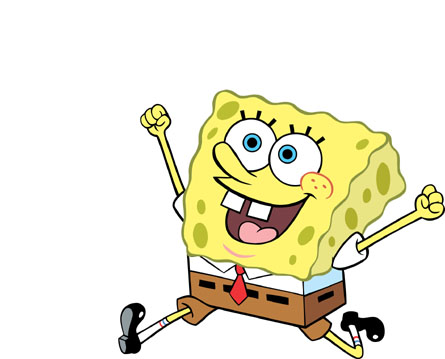Team:Paris/Modeling
From 2008.igem.org
(→Programs) |
|||
| (344 intermediate revisions not shown) | |||
| Line 1: | Line 1: | ||
| - | {{Paris/ | + | {{:Team:Paris/MenuBackup}} |
| - | |||
| - | + | = Our train of thoughts... = | |
| + | We hereby propose different and complementary approaches to model the biological system. We found interesting to explain two of the paths that we chose to follow in order to understand and predict our system. It is important to note that both models aim at different goals in the process of understanding our system. | ||
| + | Furthermore, we wished to describe our thought process, the way these models interact, their respective roles. | ||
| + | An overall description of the way we model our biological system can be found below : | ||
| + | <center>[[Team:Paris/Modeling/History|Read more !]]</center> | ||
| - | = | + | = BOB (Based On Bibliography) Approach = |
| + | [[Image:BOB.jpg|250px|thumb]] | ||
| - | + | Our first approach is quite rough and simple but effective. The goal here was to guess the behavior of our Bacteri'OClock, considering the overall system. Since it is a preliminary approach, we could not yet fill the model with data from the wet lab. This is why our work is mainly based on a bibliographic work, which allows us to use parameters and data from scientific articles. | |
| - | + | The key points of this approach: | |
| - | + | * Simplicity for itself is not that important. In fact, what we were looking for was understandability at first. | |
| + | * We used linear equations as much as possible: wherever it had been proved in a paper than an interaction could be efficiently modeled with a elementary expression, we kept it. | ||
| + | * Too many parameters in a model mean less relevancy. In addition, the more parameters you have, the hardest it is to tune the system in order to have the behavior you are looking for. | ||
| - | |||
| - | + | <center>[[Team:Paris/Modeling/BOB|Read more]]</center> | |
| - | + | ||
| + | = APE (APE Parameters Estimation) Approach= | ||
| + | [[Image:APE.jpg|250px|thumb]] | ||
| + | The second approach was motivated by our will to characterize our system in the most precise way. What is at stake here is to determine the "real parameters" that govern the dynamics of our system. | ||
| - | + | * Each step is taken into account at a fundamental kinetic processes level or at a more global level by a function describing the complexation, which is a simple way to take into account multiple interactions and more especially cooperative binding. | |
| + | |||
| + | <center> >> [[Team:Paris/Modeling/hill_approach|Explanations and description]] </center> | ||
| + | |||
| + | * Specific experiments focused on finding relevant parameters have been designed and planned. | ||
| + | |||
| + | <center> >> [[Team:Paris/Modeling/estimation|Estimation]] </center> | ||
| + | |||
| + | = Old but still usefull pages = | ||
| + | |||
| + | *[[Team:Paris/Modeling/Bibliography|Bibliographic References]] | ||
| + | *[[Team:Paris/Modeling/linear_approach|Preliminary approach]] | ||
| + | *[[Team:Paris/Modeling/Roadmap|Roadmap]] | ||
Latest revision as of 04:46, 30 October 2008
Go back to the normal Wiki
Contents |
Our train of thoughts...
We hereby propose different and complementary approaches to model the biological system. We found interesting to explain two of the paths that we chose to follow in order to understand and predict our system. It is important to note that both models aim at different goals in the process of understanding our system. Furthermore, we wished to describe our thought process, the way these models interact, their respective roles. An overall description of the way we model our biological system can be found below :
BOB (Based On Bibliography) Approach
Our first approach is quite rough and simple but effective. The goal here was to guess the behavior of our Bacteri'OClock, considering the overall system. Since it is a preliminary approach, we could not yet fill the model with data from the wet lab. This is why our work is mainly based on a bibliographic work, which allows us to use parameters and data from scientific articles.
The key points of this approach:
- Simplicity for itself is not that important. In fact, what we were looking for was understandability at first.
- We used linear equations as much as possible: wherever it had been proved in a paper than an interaction could be efficiently modeled with a elementary expression, we kept it.
- Too many parameters in a model mean less relevancy. In addition, the more parameters you have, the hardest it is to tune the system in order to have the behavior you are looking for.
APE (APE Parameters Estimation) Approach
The second approach was motivated by our will to characterize our system in the most precise way. What is at stake here is to determine the "real parameters" that govern the dynamics of our system.
- Each step is taken into account at a fundamental kinetic processes level or at a more global level by a function describing the complexation, which is a simple way to take into account multiple interactions and more especially cooperative binding.
- Specific experiments focused on finding relevant parameters have been designed and planned.
 "
"

